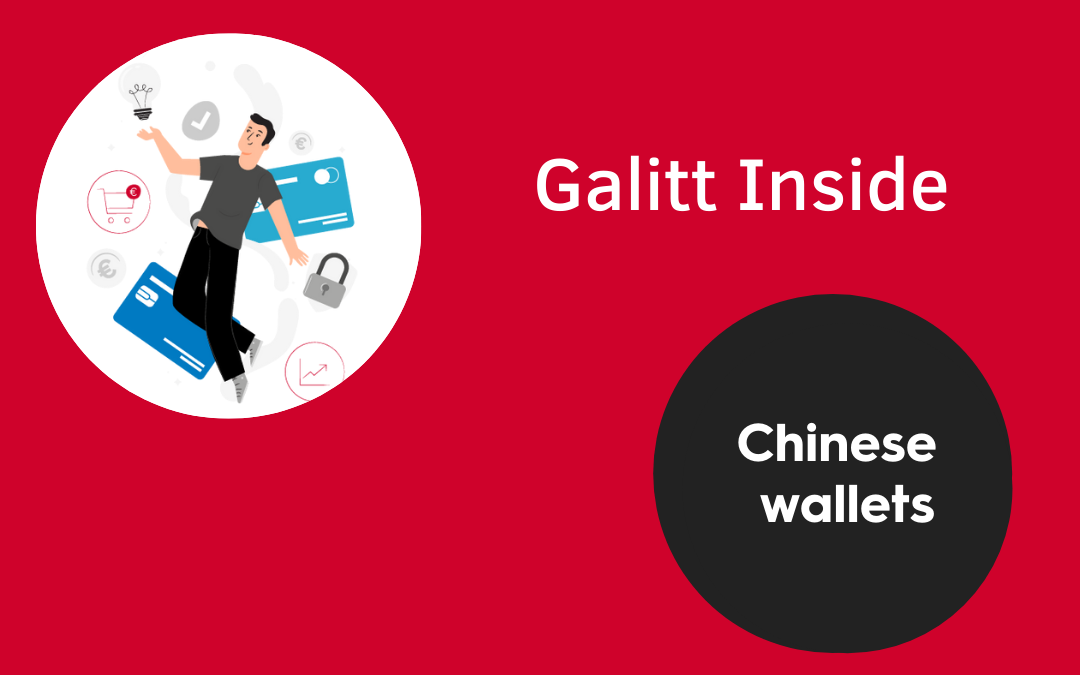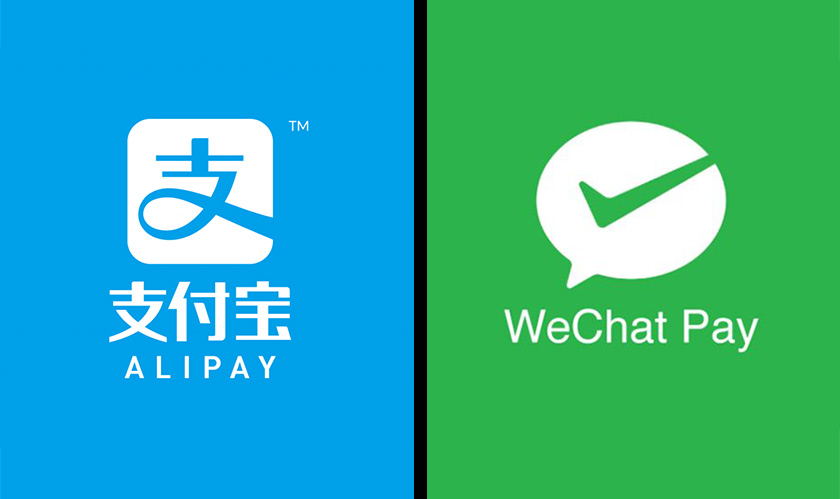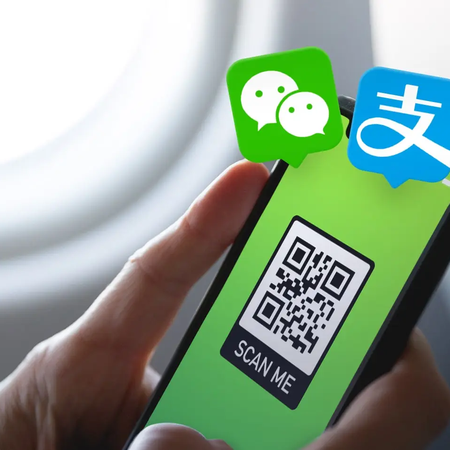Chinese wallets: the giants Alipay and WeChat Pay

Chinese wallets Alipay and WeChat Pay are enjoying unparalleled popularity in China. These mobile applications compile all possible functionalities in one place. Thus, by using them you can: manage your finances, make purchases, order a taxi or register on dating sites…

Credits : Presseportal
Applications now part of Chinese daily life
Instead of accumulating dedicated apps for each action (Uber, Paypal, Tinder, banking app…), WeChat Pay and Alipay users have access to them in one place. These apps have quickly become leaders in mobile payment and are among the most widely used payment methods in China, with WeChat Pay surpassing the one billion* user mark in early 2018.
The success of these two giants continues to change the way people do business in China. The use of cash is strongly reduced, in favour of mobile payment transactions via Alipay and WeChat Pay. According to figures from the People’s Bank of China, the volume of mobile payment transactions has increased 28-fold in the space of five years. We are therefore witnessing a real in-depth change in the consumption habits of the Chinese population.
This change is understandable when you look in detail at what can be done on these multifunctional applications. Elsewhere in the world, applications are multiplying and trying to cover more and more specific needs. The smartphones of many users are becoming more and more cluttered: a banking application, Uber and Ubert Eats (being two different applications by the way), Messenger or Whatsapp as messaging… The trend is therefore the opposite of what is happening in China.
As said above, WeChat Pay and Alipay have adopted another strategy: compile as many features as possible in a single app. The Chinese population therefore relies on these “Super-apps” that have managed to become indispensable in their daily lives. One of the most important functionalities of these applications is mobile payment, which has been adopted by the vast majority of Chinese people as their main means of payment.
A mobile payment by QR Code
And to enable their customers to pay via these applications, both online and in person, they had to find a way to manage/process these relatively new payments. The technology chosen initially was the QR code.
The particularity of payments via WeChat Pay or Alipay lies in the fact that they do not require a bank card or pin code to make transactions. The latter will be validated by scanning a QR code generated beforehand on the customer’s smartphone or on the merchant’s side, depending on the solution. The merchant will scan this QR code with a payment terminal that accepts the technology and the payment will be validated, often more quickly than in a traditional transaction. In some cases, the situation is reversed: the merchant will offer a QR code to scan to his customer. In this case, the QR code contains information about the transaction: amount, beneficiary, etc.

Retailers around the world are therefore beginning to see the advantages of offering this type of payment to their Chinese customers. The latter are in fact very numerous: nearly 2.2 million Chinese tourists came to France in 2018. In addition to being prone to travel, the average basket of a Chinese tourist is higher than average. It was therefore interesting for local retailers to offer solutions adapted to the consumption habits of their Chinese tourists.
In concrete terms, a QR code payment via WeChat Pay or Alipay goes like this:
- The customer opens their chinese wallets application.
- It generates a unique QR code attached to its bank account.
- This QR code is presented in front of the Eftpos terminal like a contactless transaction.
- The transaction is validated!
The process is therefore simple and fast, without slowing down the activity of a business. It is a real added value for retailers to be able to offer such a precise service to foreign tourists. Major retailers such as Balenciaga and Galeries Lafayette have already introduced this system, proving the relevance of the solution.
Chinese customers are not confused and can use a payment method they know and trust. They won’t have to worry about withdrawing cash or converting their Yuan to make purchases abroad. Their multifunctional chinese wallets will suffice. This observation reinforces the growing idea of personalization of services: everything is done to cover a maximum of possible situations.
*https://www.statista.com/statistics/255778/number-of-active-wechat-messenger-accounts/



